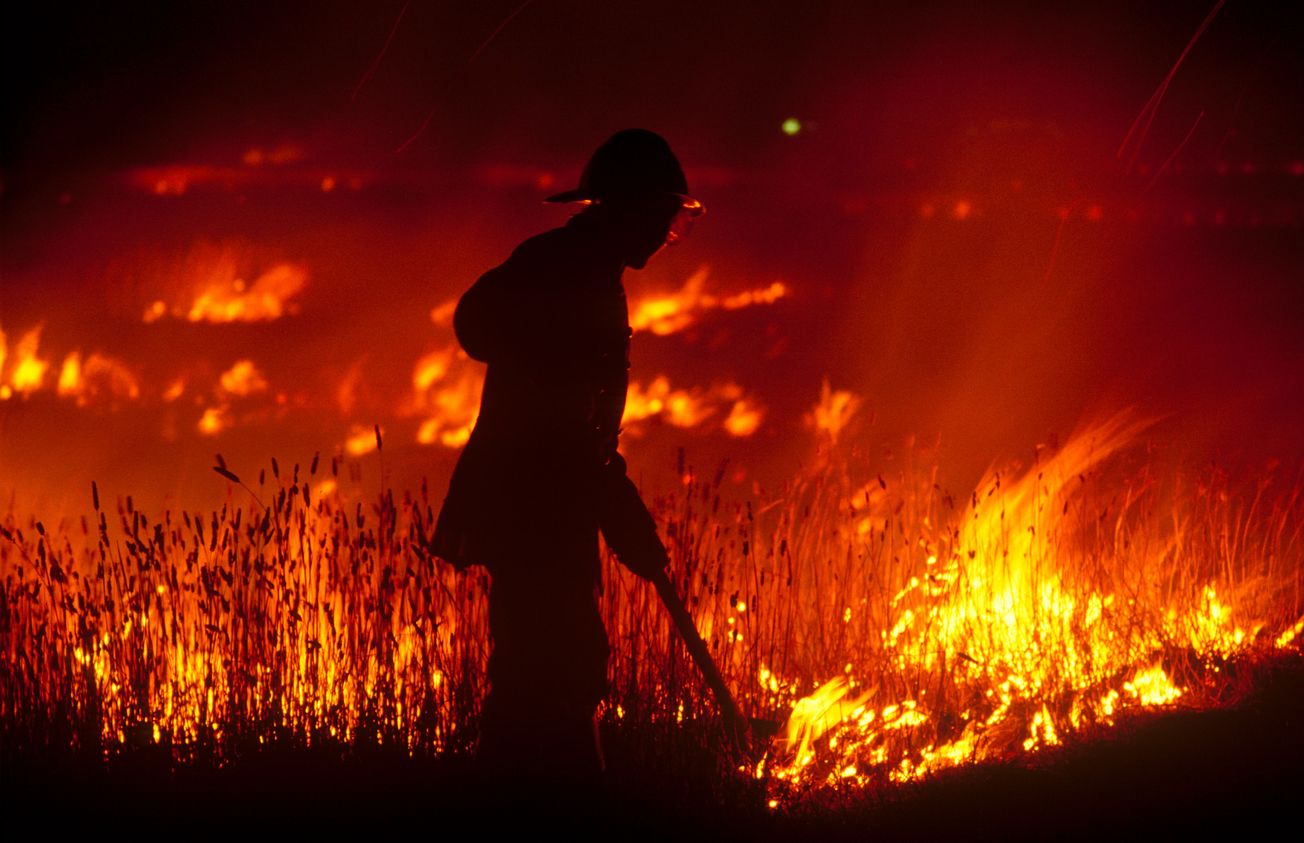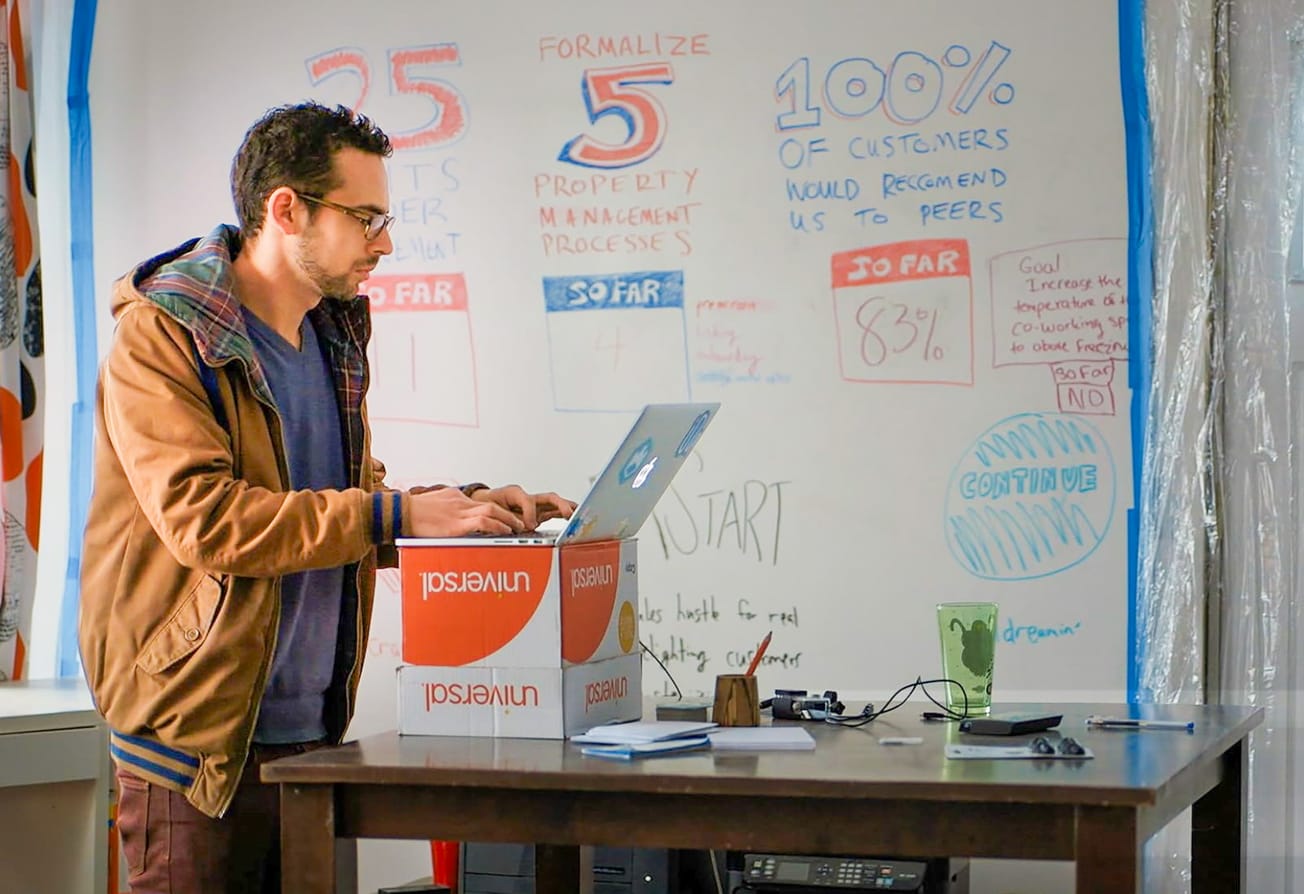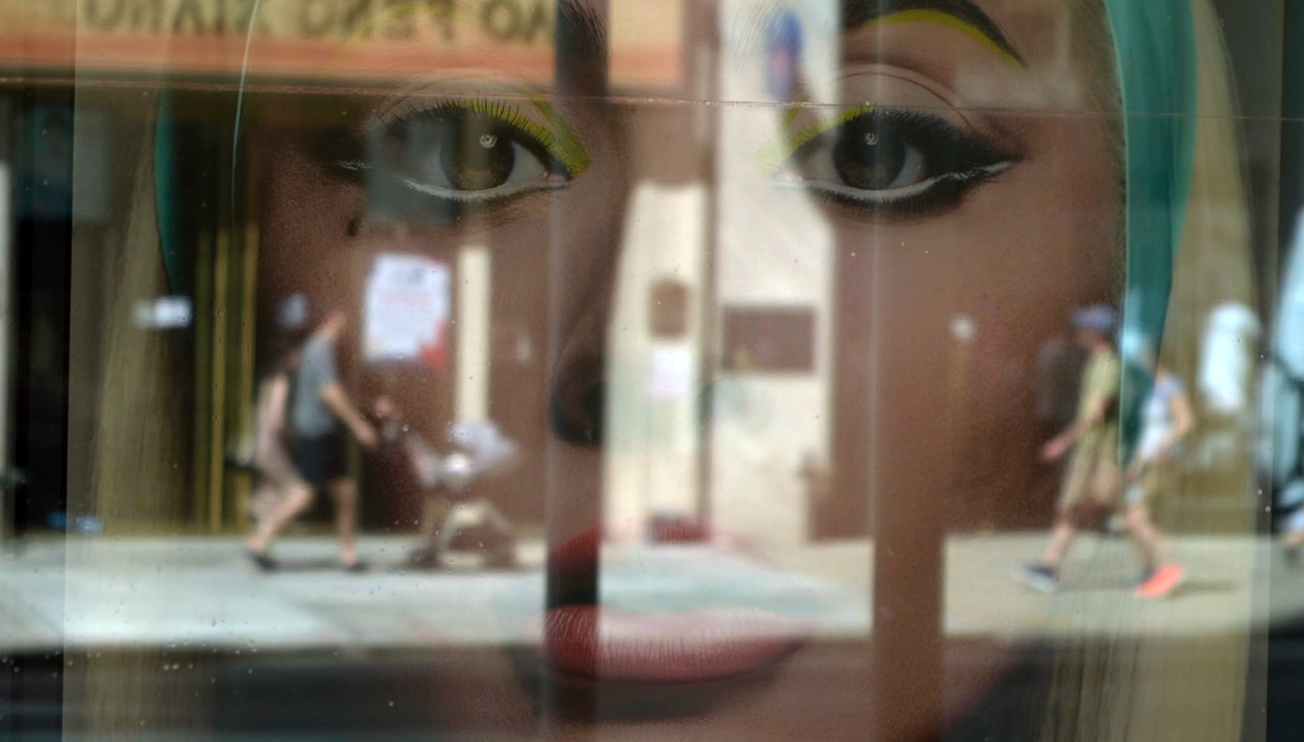Through weather-related devastation brought on by climate change, through to the horrors of war, man-made crises, and acts of God, it's a sad truth that disaster is never far from our memories. Though from loss and tragedy comes the ability to learn, heal, and pave the way for a better future, with three new documentaries from iWonder this June looking at what we learn from catastrophes or near misses.
‘Nuclear Meltdown: Minutes from Disaster’ looks at how close the world came to nuclear reaction events similar in magnitude to Chernobyl; ‘The Boeing 737 Max: What Went Wrong?’ picks through the tragedy of two tragic plane crashes and the underlying causes; and ‘Lost & Found’ tells the story of unity and healing rising from the loss of the 2011 earthquake in Japan.
Then in this month’s iWonder What Top Five, a collection of documentaries looks to draw lessons, deliver words of warning, and remind us of those who have been lost to disaster.
Nuclear Meltdown: Minutes from Disaster
#Science #Human Error #Revealing
Launches June 13th
With on the ground witnesses and expert testimony, Nuclear Meltdown: Minutes from Disaster goes behind the scenes of some of the most terrifying nuclear disasters that the world has ever experienced.
In October 1957, one of the Windscale nuclear reactors caught fire. It was the world's first nuclear accident, attributed to the rush to build atomic weapons. This program highlights the mistakes leading to a nuclear event which, 40 years on, still takes second place only to Chernobyl.
Then to Sellafield, a nuclear site punctuated by crisis after crisis, and the story of how a series of disastrous leaks, operational inadequacies, and management cover-ups blighted its existence, told for the first time by a former company director.
The Boeing 737 Max: What Went Wrong?
#Flight #Forensics #Interviews
Launches June 13th
The Boeing 737 MAX was billed as the future of commercial air travel. The fastest selling aircraft in history, it promised to become the highpoint of the legendary 737 design.
But on 29th October 2018, the unthinkable happened. Thirteen minutes after take-off, Lion Air Flight 610 crashed into the Java Sea. All 189 people on board died. Less than 5 months later, on 10th March 2018, an Ethiopian Airlines 737 MAX crashed six minutes after take-off from Addis Ababa. All 157 people on board died.
With access to pilots, engineers and crash investigators, and using state-of-the-art CGI, this is the definitive story of the how and why the 737 Max disasters occurred.
Lost & Found
#Earthquake #Japan #USA
On March 2011 Japan was hit by the largest earthquake in its history. The ensuing tsunami engulfed 90 cities, killing over 18,000 people.
One year later Japanese objects started washing ashore in North America.
This film follows the ordinary beachcombers across the Pacific Northwest as they set about trying to reunite these cherished items with their owners.
iWonder when:
June 1st, 2009
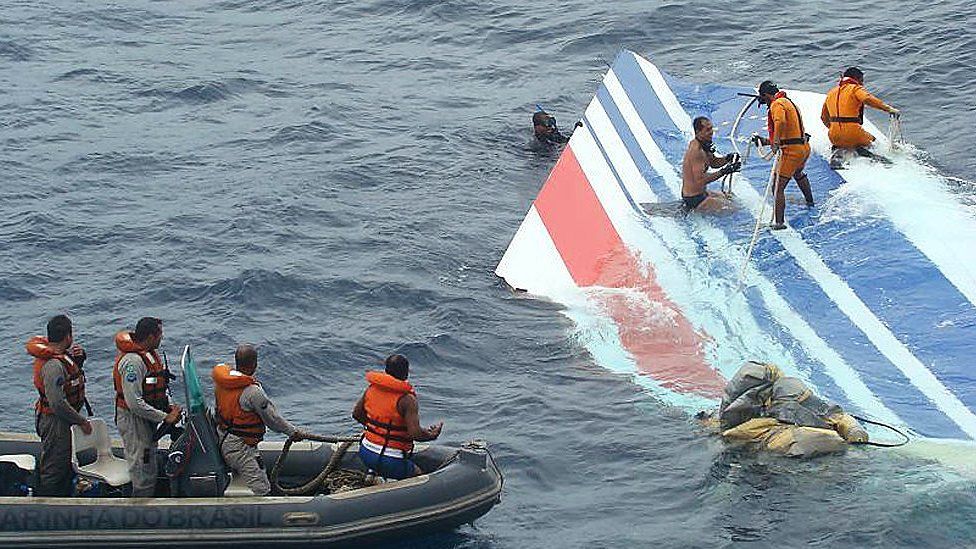
Air France Flight 447 crashed into the Atlantic Ocean on June 1, 2009, while en route from Rio de Janeiro to Paris. The tragic accident resulted in the loss of all 228 passengers and crew members on board.
The crash occurred during a night flight when the aircraft encountered severe thunderstorms and turbulence in the area of the Intertropical Convergence Zone.
As the plane flew through the stormy weather, the crew struggled to maintain control, with the aircraft descending rapidly, ultimately crashing into the ocean.
The investigation into the crash revealed a combination of technical failures and human error as contributing factors. It highlighted the need for improved pilot training and better understanding of high-altitude stall recovery procedures. As a result, aviation authorities and manufacturers have implemented changes to pilot training programs and flight procedures to enhance safety and prevent similar incidents in the future.
iWonder who:
John Key
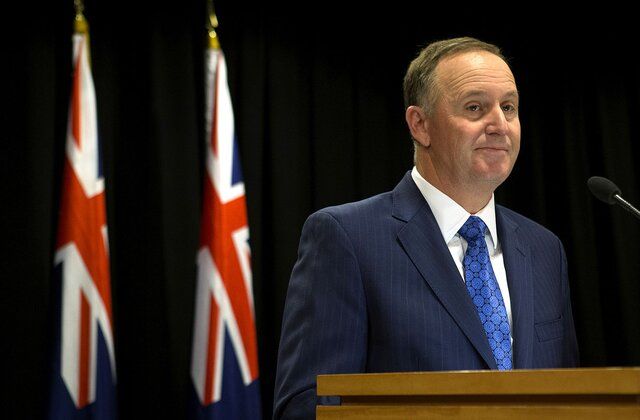
John Key was the Prime Minister of New Zealand at the time of the Christchurch earthquake, featured 'Deadliest Earthquakes', on iwonder. He played a prominent role in leading the government's response to the disaster, coordinating rescue and recovery operations, and providing support to affected communities. Key visited the affected areas, met with survivors and families, and worked to mobilize resources for the rebuilding efforts.
John Key served as the 38th Prime Minister of New Zealand from 2008 to 2016. During his tenure, Key implemented various economic reforms, focused on rebuilding the economy after the global financial crisis, and pursued social policies such as welfare and education reforms. He resigned from politics in December 2016 and has since been involved in philanthropy and business ventures.
Click here to discover more.
iWonder what:
Indelible disasters
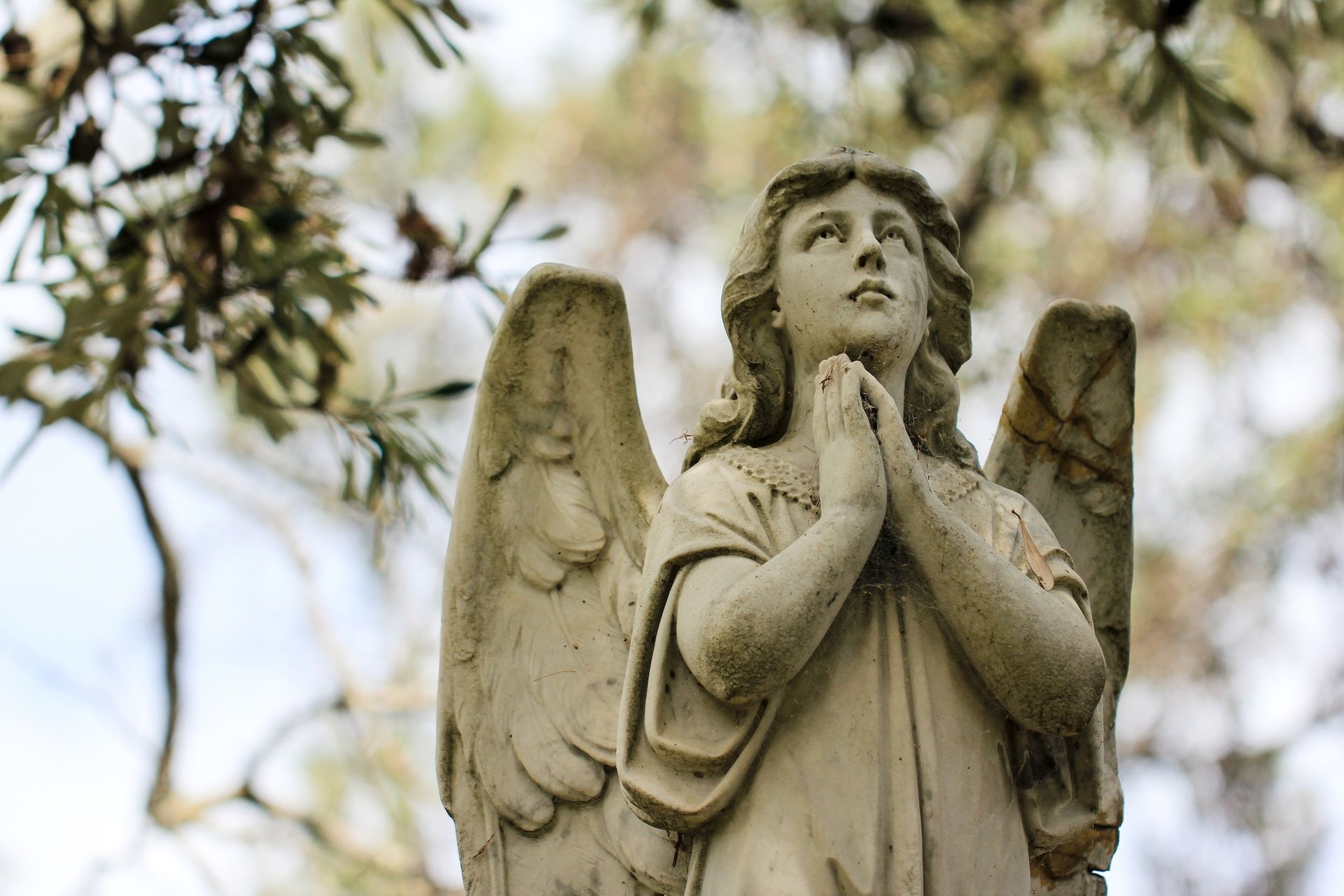
Some disasters will be forever etched in history, as will the memory of the lives lost to them. In this June’s iWonder What Top Five, we look at the ways in which tragedies have left a lasting impact on the world.
1) Code Red
#Volcanoes #Accidents #Tragedy
From earth-shattering volcanic eruptions to devastating industrial accidents, this series revisits some of the worst disasters in living memory. It examines the what, where, why, who and how of different disasters, and brings to the fore the true human cost of a tragedy.
2) Deadliest Earthquakes: Christchurch
#Earthquakes #NZ #Reconstructions
This documentary features never-seen-before footage in the immediate aftermath of the February 2011 Christchurch earthquake. Raw and uncensored first-hand accounts form a gripping and intimate portrait of the day that changed their lives forever. Woven together with gritty, hard-hitting, archive and stylish dramatic reconstructions it’s a confronting, compelling and poignant story of how the day unfolded for the trapped, the searchers, the rescuers, the hopeful and the grief-stricken.
3) After the Wave: The World’s Greatest Forensic Detective Story
#Tsunami #SEAsia #Forensics
The Boxing Day Tsunami in 2004 was the most devastating natural disaster in modern times, killing 228,000 people across 13 countries in just a few hours. This catastrophic collision between the natural world and humankind would have far reaching consequences on humanity and science forever.
The best international forensic specialists were in a race against time to give back every victim their identity, with one mantra to guide them: ‘we will take them home’.
4) #387
#Ocean #Investigation #Wreck
When a nameless boat sank off the coast of Libya, killing an estimated 800 migrants, the Italian government took the unprecedented decision to surface the wreck in order to identify the victims.
Follow Cristina Cattaneo and her team of medical examiners as they try to restore a name, memory and dignity to those who died at sea.
5) Sherpa: Trouble on Everest
#Danger #Extreme #Mountaineering
At 6.45am on 18th April, 2014, a 14 million ton block of ice crashed down onto the climbing route through the Khumbu Icefall, killing 16 Sherpas. It was the worst tragedy in the history of Everest. The disaster provoked a drastic reappraisal about the role of the Sherpas in the Everest industry.
SHERPA, tells the story of how, in the face of fierce opposition, the Sherpas united in grief and anger to reclaim the mountain they call Chomolungma.
All films based on availability in Australia. Content may vary in other countries.
